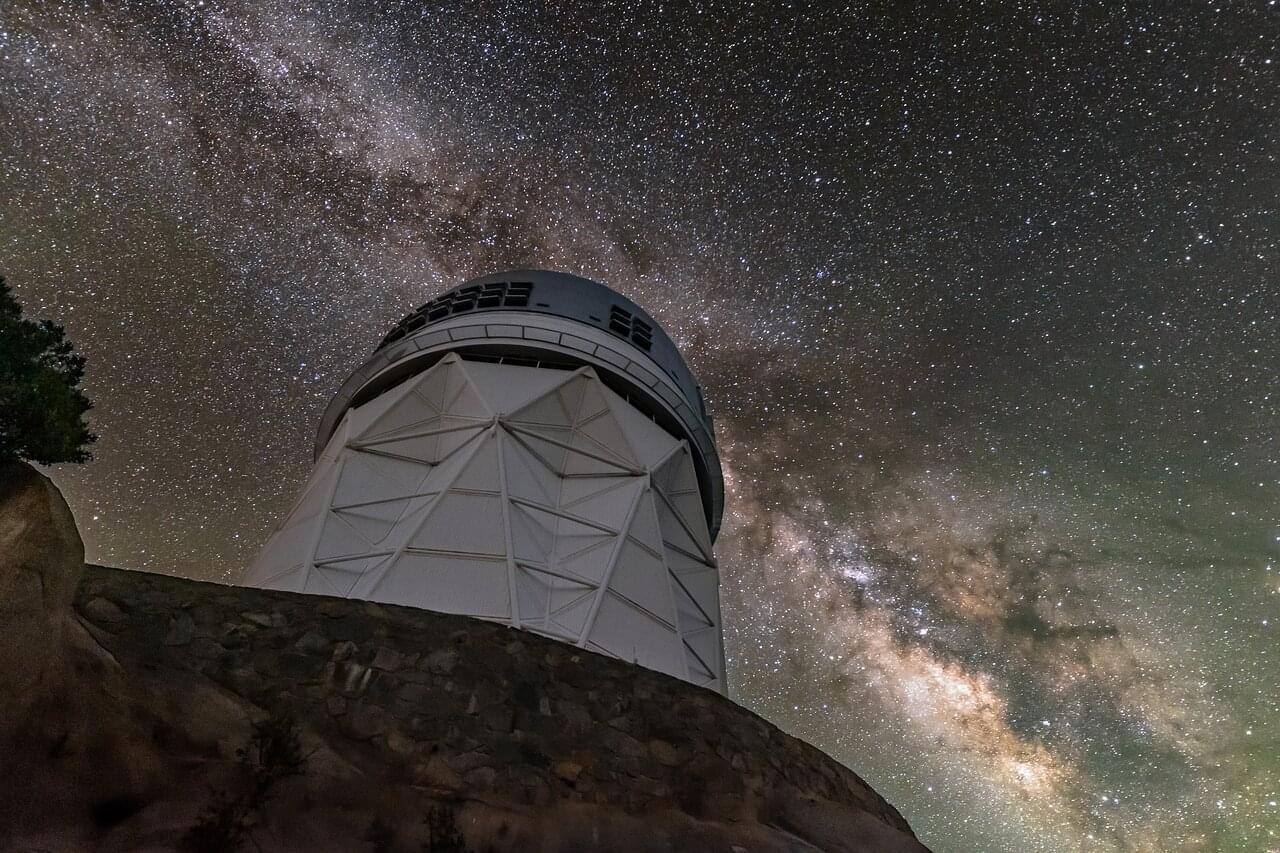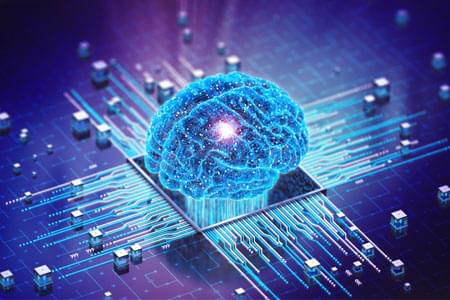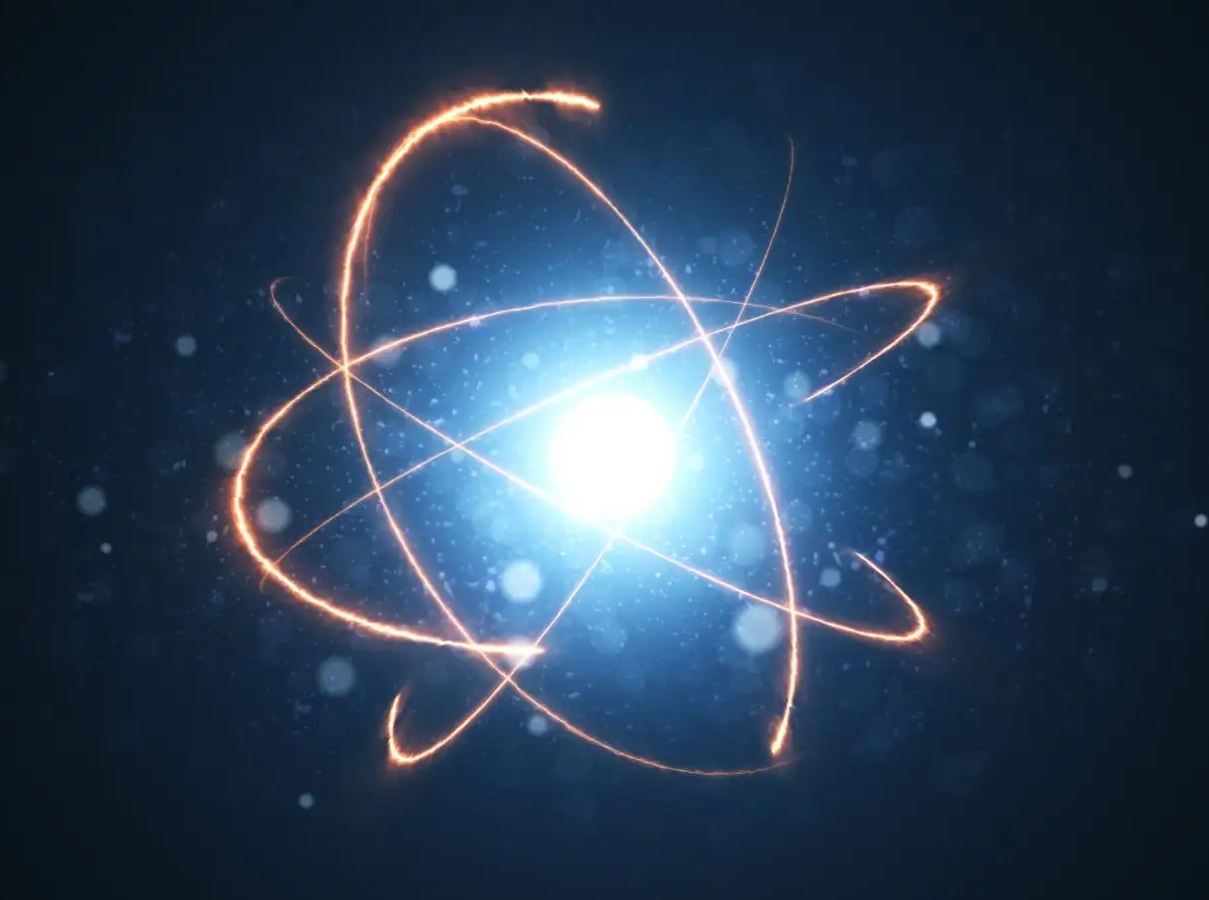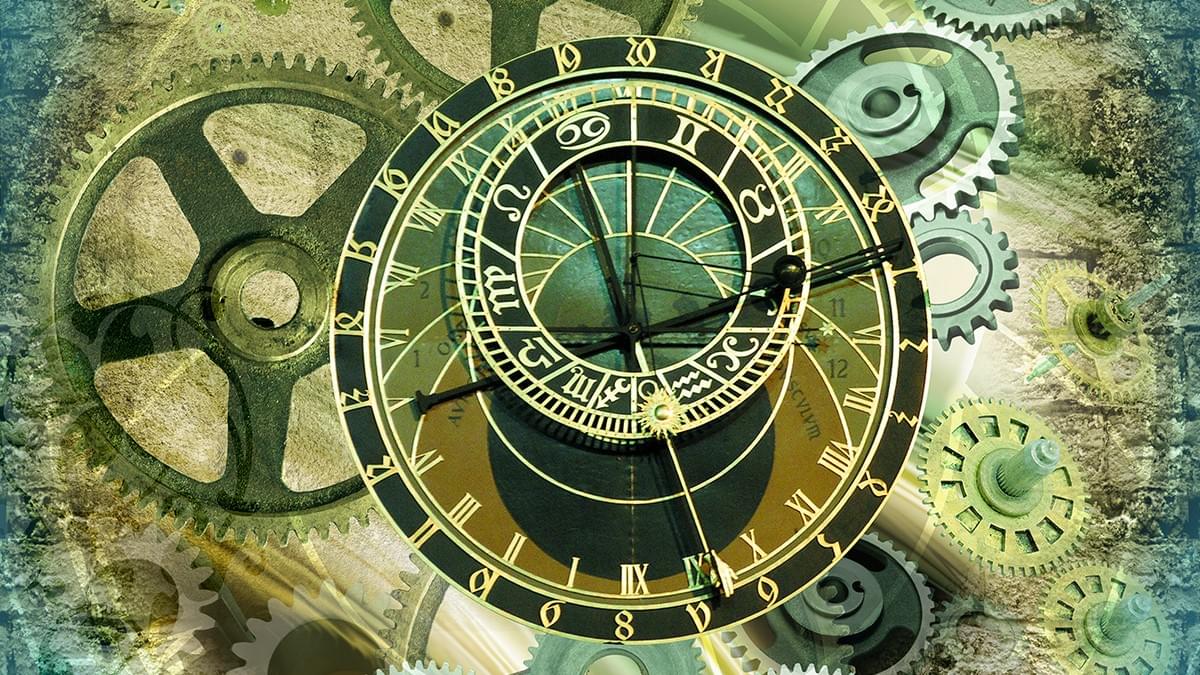An experiment that could confirm the fifth state of matter in the universe—and change physics as we know it—has been published in a new paper from the University of Portsmouth.
Physicist Dr. Melvin Vopson has already published research suggesting that information has mass and that all elementary particles, the smallest known building blocks of the universe, store information about themselves, similar to the way humans have DNA.
Now, he has designed an experiment—which if proved correct—means he will have discovered that information is the fifth form of matter, alongside solid, liquid, gas and plasma.









